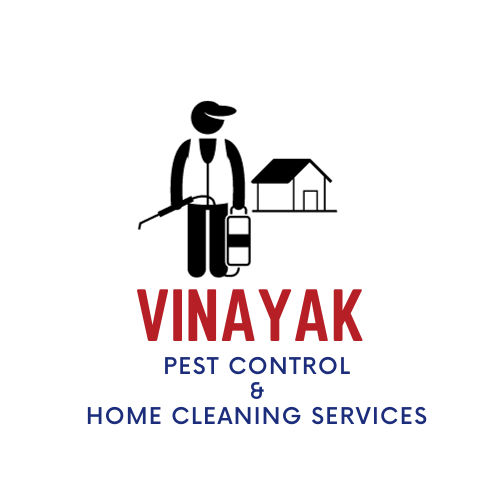Introduction
Termites, often referred to as “silent destroyers,” are fascinating yet destructive creatures that can wreak havoc on wooden structures, causing significant damage that often goes unnoticed until it’s too late. In this blog, we will delve into the world of termites, exploring their biology, behavior, and the measures we can take to protect our homes and investments from their relentless appetite for wood.
Termites are social insects that belong to the order Isoptera. These tiny but highly organized creatures are often mistaken for ants due to their similar size and social structure. However, termites are more closely related to cockroaches than ants.
There are approximately 2,800 termite species worldwide, but not all of them are destructive to wood. In fact, only a small fraction of these species, known as subterranean termites, drywood termites, and dampwood termites, are responsible for the majority of damage to wooden structures.
The Silent Destruction
One of the most remarkable aspects of termites is their ability to consume wood without anyone noticing. They do this by tunneling through the wooden structures from the inside out. Unlike other pests like carpenter ants, termites do not leave behind visible sawdust or holes on the surface of the wood. This stealthy approach makes them particularly dangerous to our homes and other wooden assets.
Lifecycle and Behavior
Termites live in highly organized colonies with a clear division of labor among their members. These colonies typically consist of three primary castes:
- Workers: Workers are the most numerous caste in the colony and are responsible for foraging for food, constructing tunnels and galleries, and caring for the young termites.
- Soldiers: Soldiers have larger, powerful jaws and are responsible for defending the colony against potential threats, such as ants.
- Reproductives: Reproductives, including the king and queen, are responsible for laying eggs and establishing new colonies.
The termite lifecycle involves a series of molts and metamorphosis, starting from eggs to nymphs and ultimately developing into one of the castes. Termites reproduce and establish new colonies through swarming, a process during which winged reproductives fly away from the parent colony to start new ones.
Preventing Termite Damage
Preventing termite damage is crucial for the preservation of wooden structures and the financial well-being of homeowners. Here are some strategies to help protect your property:
- Regular Inspections: Schedule regular termite inspections by a professional pest control company to detect infestations in their early stages.
- Moisture Control: Termites are attracted to moisture, so ensure proper drainage and ventilation to reduce the risk of infestation.
- Wood Treatment: Treated lumber can deter termite infestations, but it is not foolproof. Regular inspection is still necessary.
- Remove Wood-to-Ground Contact: Eliminate any direct contact between wood and soil to prevent termites from gaining easy access to your home.
- Termite Barriers: Installing physical or chemical barriers around your property can deter termites from entering your home.
- Regular Maintenance: Keep wooden structures well-maintained, repairing any damaged or rotting wood promptly.
Conclusion
Termites may be small, but their collective power to destroy wood is immense. Understanding their biology, behavior, and the importance of preventive measures is crucial for safeguarding our homes and investments. Regular inspections, moisture control, and the use of termite barriers are essential steps in keeping these silent destroyers at bay. By taking these precautions, we can protect our wooden assets and live in harmony with the natural world of termites.
